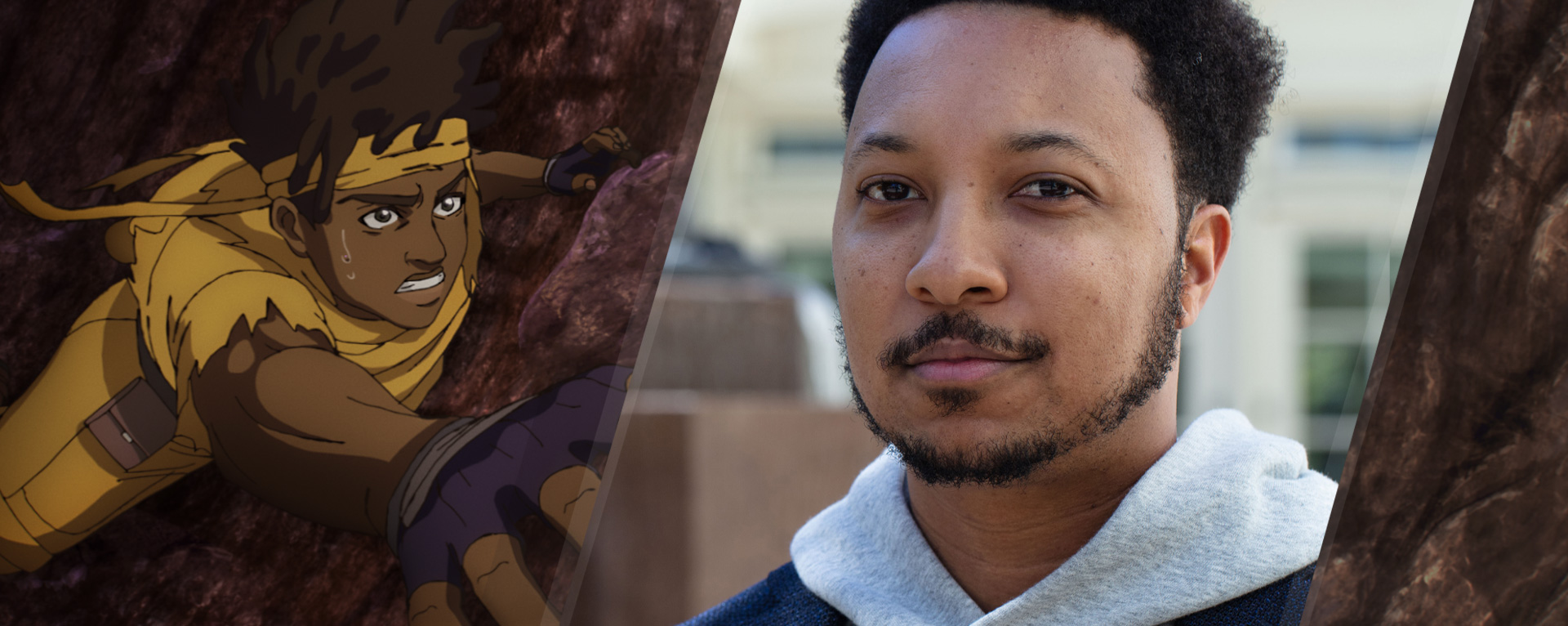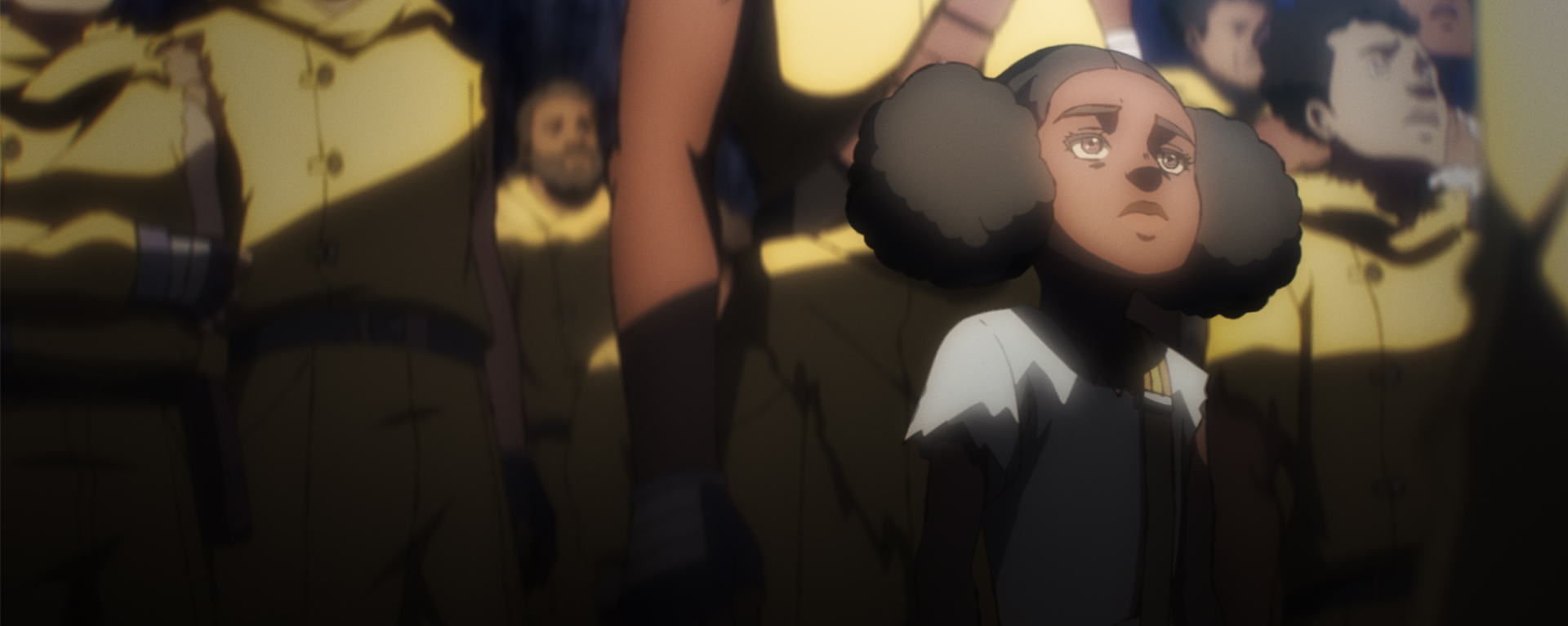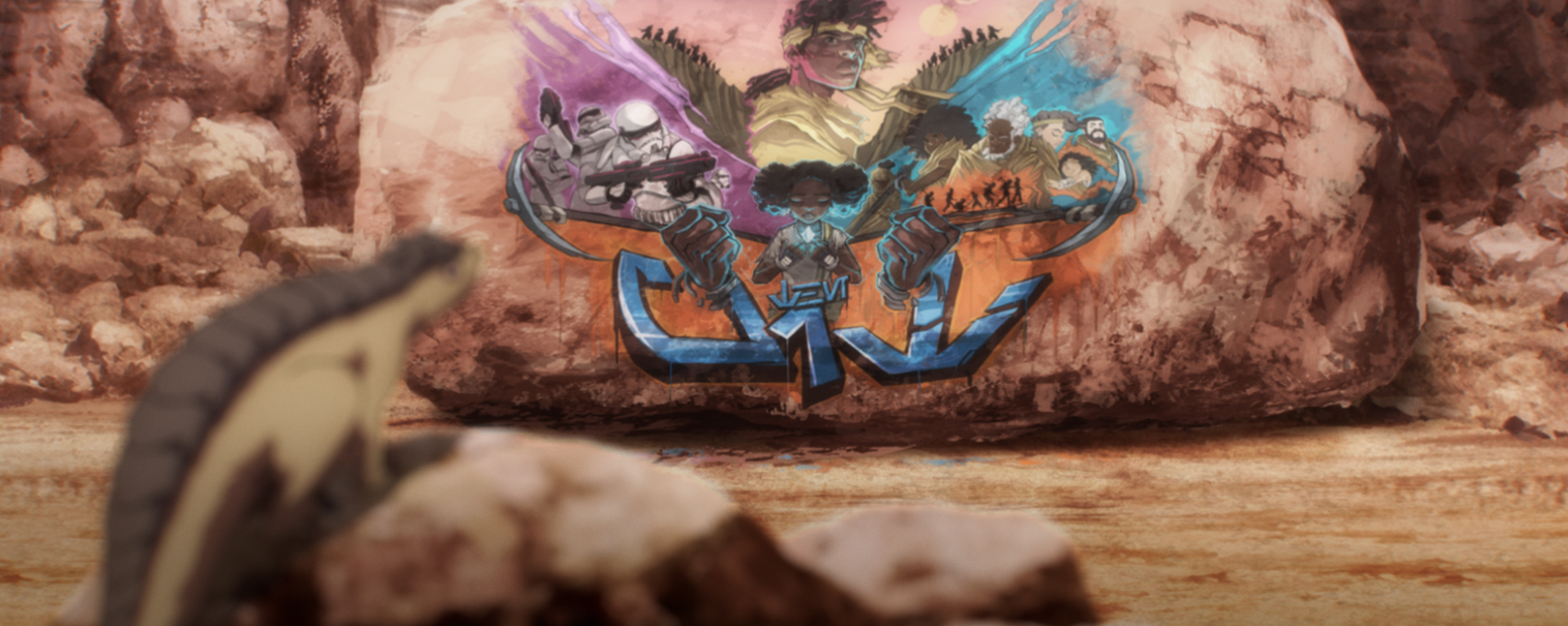Lucasfilm’s LeAndre Thomas on His Journey to Direct “The Pit” for Star Wars: Visions Volume 2
The filmmaker — and Lucasfilm’s franchise video assets manager — discusses fulfilling a dream with his new short, featured in the Disney+ series.
This article reveals spoilers about “The Pit,” a new short in Star Wars: Visions Volume 2, now streaming on Disney+.
Perhaps like many of the other filmmakers who’ve created an animated short for Star Wars: Visions Volume 2, LeAndre Thomas grew up loving cinema and aspiring to direct movies. “I used to bargain with my teachers in grade school,” he tells Lucasfilm.com. “Instead of doing written book reports, I would offer to do my report as a short film. They loved it because it was different. I’d make these mini-movies and we’d watch them in class.”
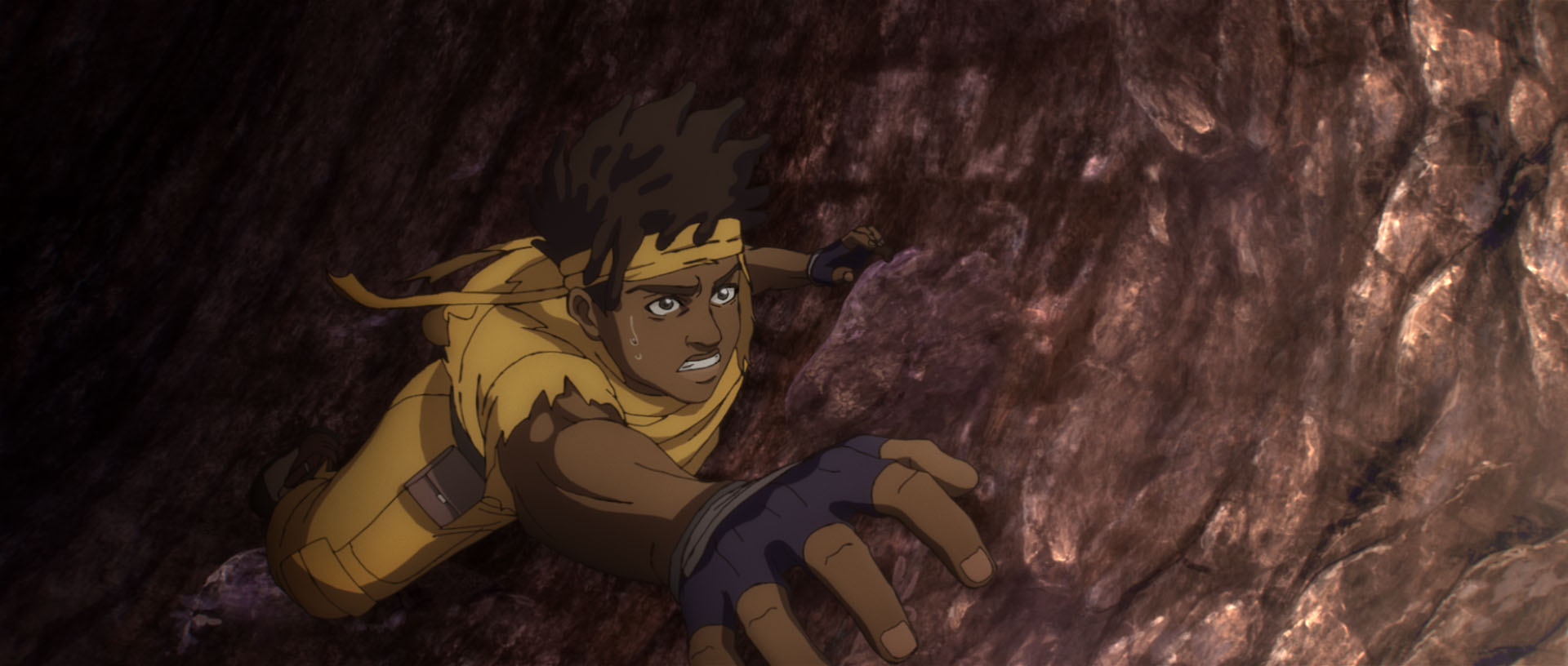
Thomas’ Visions entry, “The Pit,” is a story of oppression, hope, and renewal. After Imperial stormtroopers force a group of prisoners to dig a large pit hundreds of feet below a planet’s surface, they free them of their chains only to leave them at the bottom of the chasm. When a young man, Crux, manages to climb out, he attempts to find help only to be recaptured and thrown back into the pit. Crux does not survive the fall. His sacrifice, however, inspires both the trapped survivors and nearby townspeople to follow the light and find hope for the future.
Though new to animation, Thomas has independently made live-action short films for years. “The Pit” calls on his lifelong passion for Star Wars and admiration of George Lucas. Thomas’ connections to Star Wars, however, only begin with his childhood and schooling. Unlike his fellow Visions filmmakers, he comes from within the Lucasfilm ranks. For more than a decade, he’s been an employee here, currently the manager of franchise video assets. “Lucasfilm was always my north star, not only because of Star Wars, but because I grew up here in the Bay Area,” says Thomas. “George Lucas is a hometown kid from Modesto, which in the grand scheme of things, isn’t very far from Oakland where I’m from. It felt like it was in our backyard.”

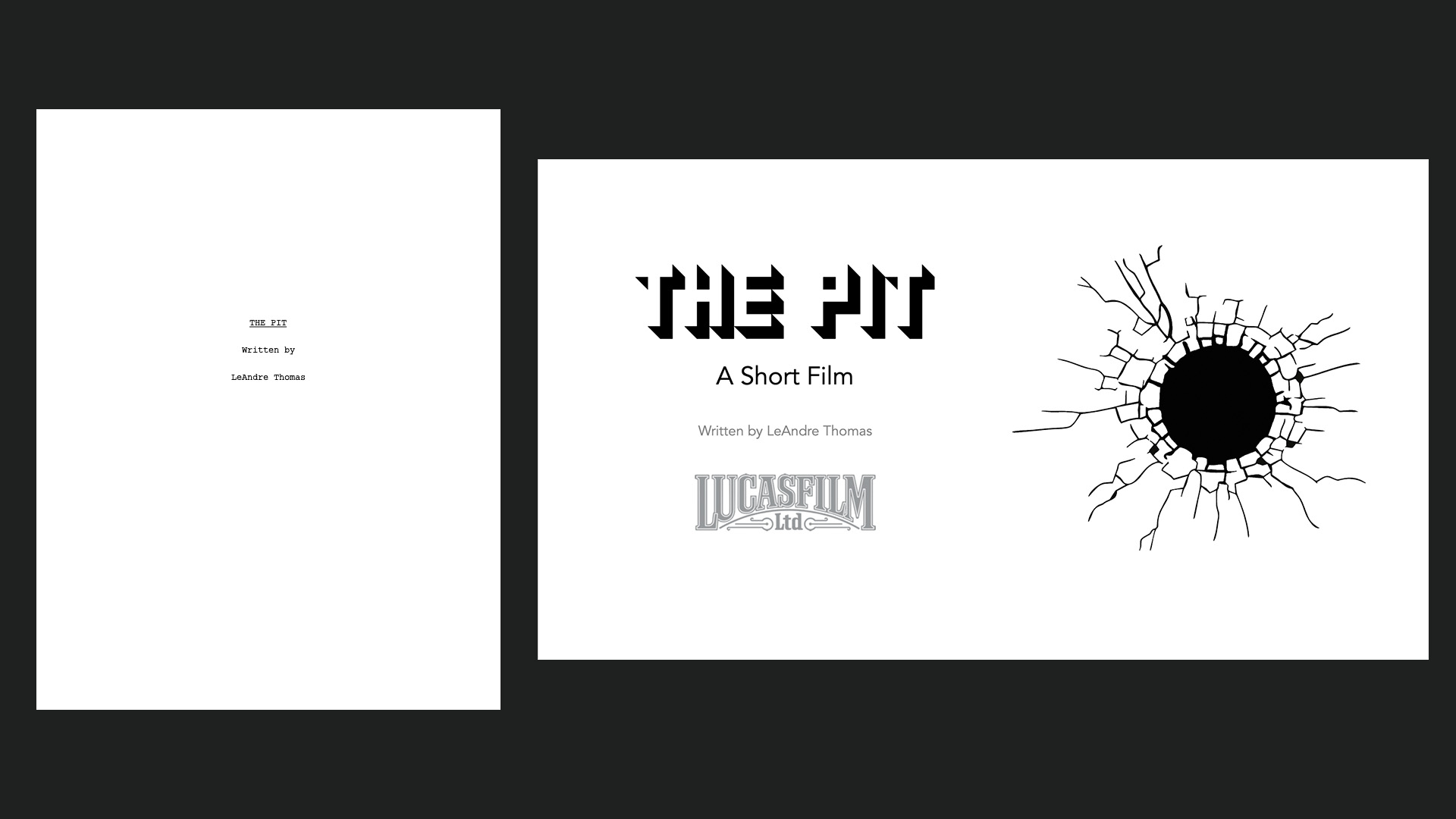
A decade into his Lucasfilm tenure, Thomas found himself working remotely during the 2020 pandemic. One afternoon at home, a conversation with his partner resulted in an unusual piece of inspiration. “In 2020 there was a lot of tension with everything happening in the country,” Thomas explains. “I remember just expressing myself about what it felt like. We were just having a frank, casual conversation about everything that was happening. I literally said that it feels like we’re in a pit yelling and no one can hear us because everyone else is far above on the surface, and this pit is something we’ve been pushed into.”
“I just said that as a metaphor,” Thomas continues. “I was actually in the shower, and the thought just popped into my head, is that the idea? Is ‘the pit’ the idea? I came rushing out like a madman and asked my partner, ‘Is that an idea for a movie?’ She didn’t know what I was referring to because this was hours after our conversation! [Laughs.] I rushed over to my friend Akash Kumar’s house. He works here at Lucasfilm, as well. He said, ‘That’s a great idea.’ I said, ‘I wish I brought my laptop here so I could start writing notes down.’ And Akash said, ‘What do you need your laptop for?’ and he threw a notepad at me. So I started writing it with a pen and paper, which I still have!”
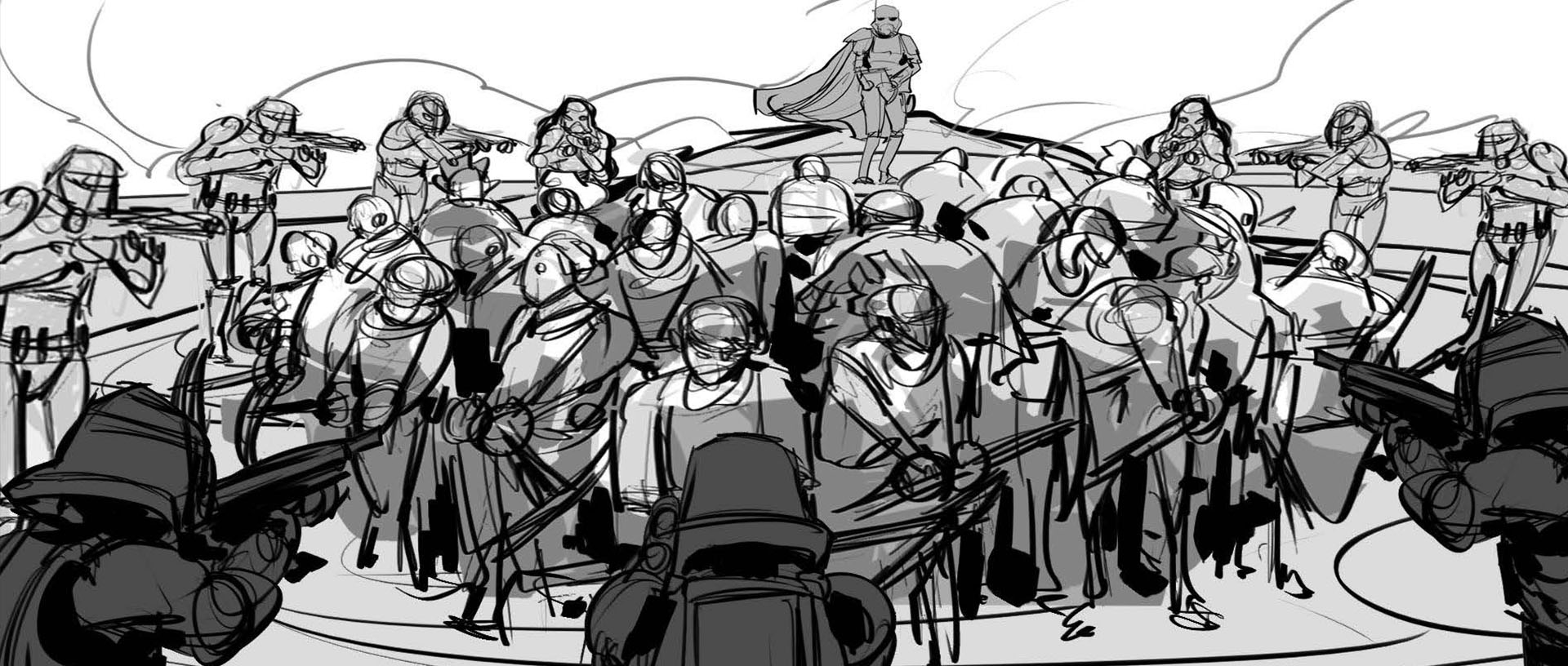
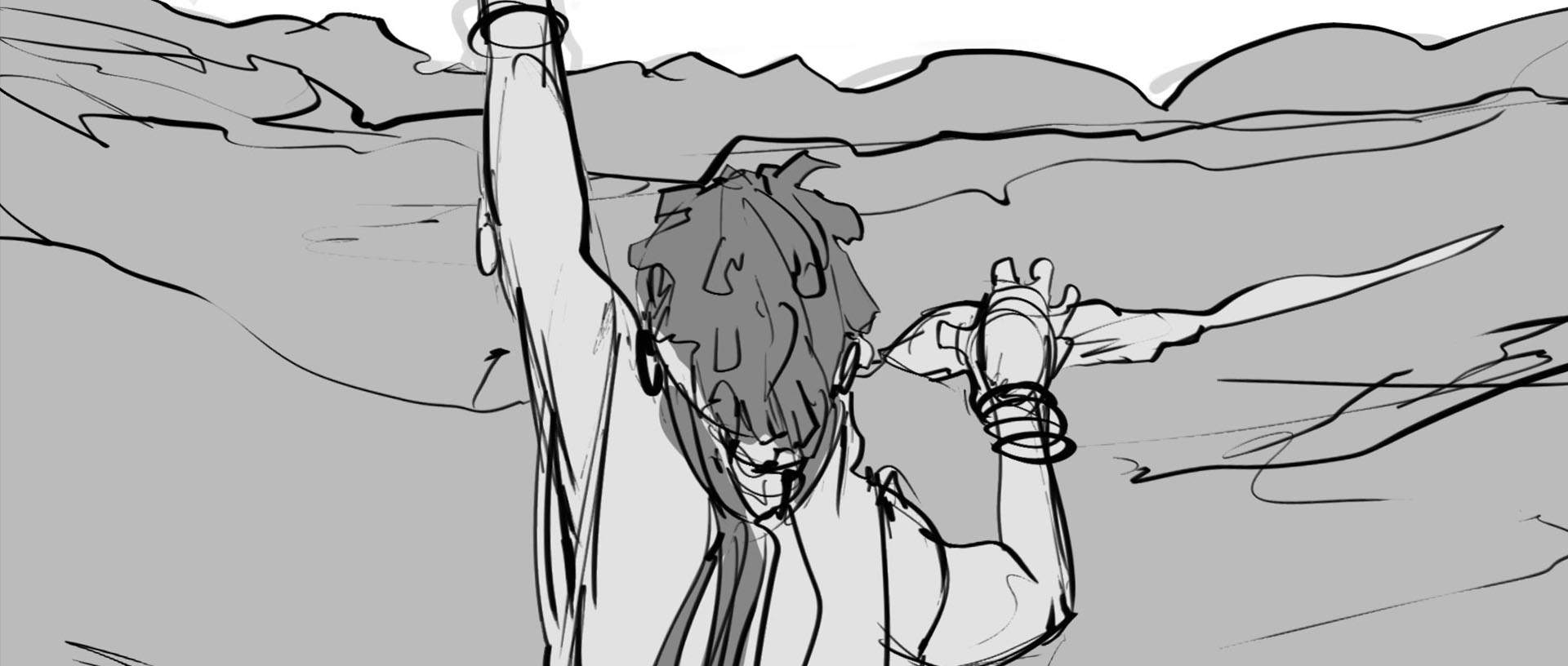
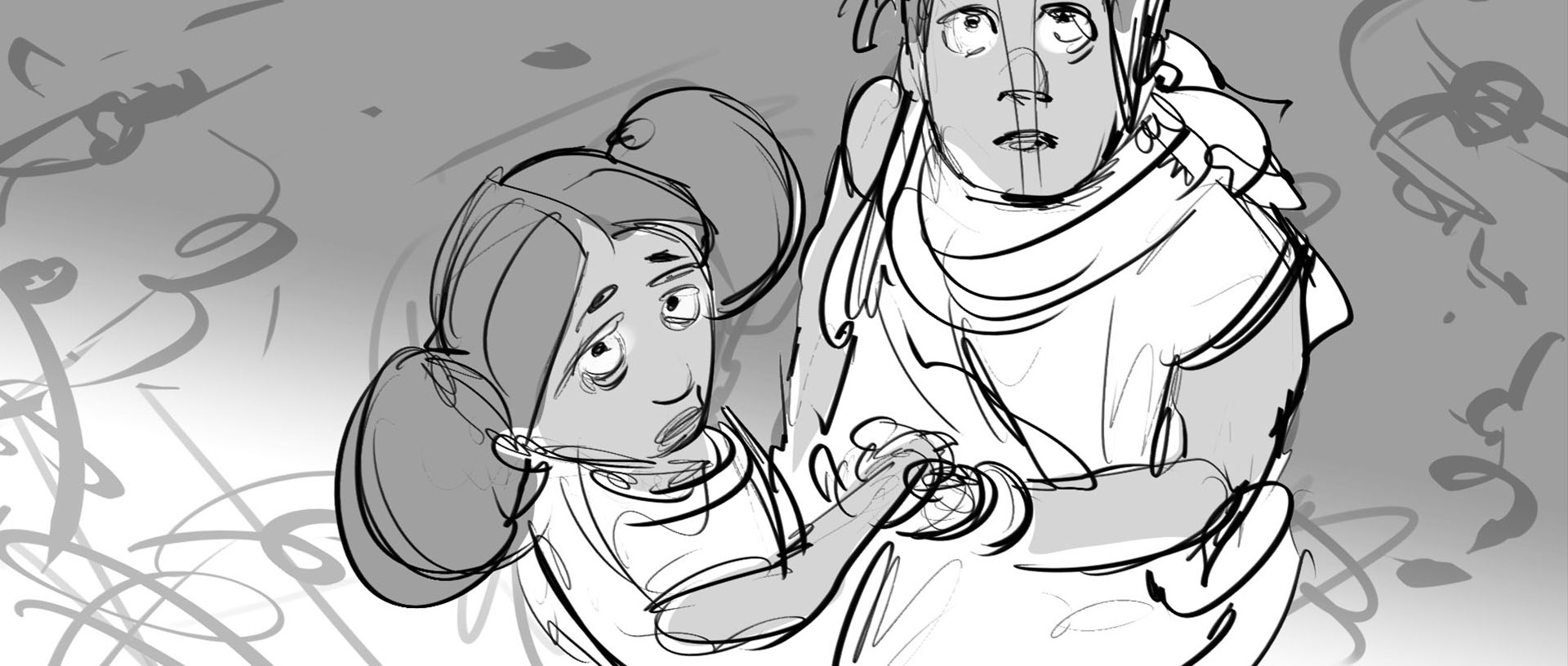
More unusual still was the opportunity to actually make “The Pit” as a Star Wars short. Thomas took the initiative to present “The Pit” concept and Lucasfilm leadership took to the idea as an entry for Star Wars: Visions. Among them was vice president of animation production, Athena Portillo. Along with executives James Waugh and Jacqui Lopez, she assisted Thomas in building a Lucasfilm team, including producer Daniel Cavey. Experienced Lucasfilm Animation director Justin Ridge became Thomas’ close collaborator, helping him transition to a new medium.
“I don’t like to put restrictions on ideas,” explains Thomas. “I like to let them evolve the way they’re going to evolve. This idea felt like an animated film, and specifically in 2D. It needed to be told in that medium. I had never done it on this kind of level, but I was so passionate about it, I didn’t let that get in the way. Justin was a huge collaborator because he brought all of the animation experience. I also talked with [executive creative director] Dave Filoni. He went in the opposite direction that I did, from animation into live-action. I got to have a few meetings with him, and I had my notepad all ready to take notes about animation, and his advice was ‘You’ll be fine. Trust your stuff. You’re a storyteller.’ He emphasized that it’s about what you’re trying to say, rather than the technical side of things. It gave me a boost of confidence.”
In finding the best animation studio to partner with, Athena Portillo again played a central role. “I had never heard of D’ART Shtajio until Athena introduced me to them,” says Thomas. “When I got to meet [co-founder] Arthell Isom, that’s when I knew this was the right team. Telling him the idea for “The Pit,” he quickly understood what we were trying to do. Arthell has that perspective. He grew up in New Jersey and moved to Japan and now has this amazing studio and family there, but he’s from the U.S. And coincidentally, we both went to the same college! We didn’t know that until we met.”
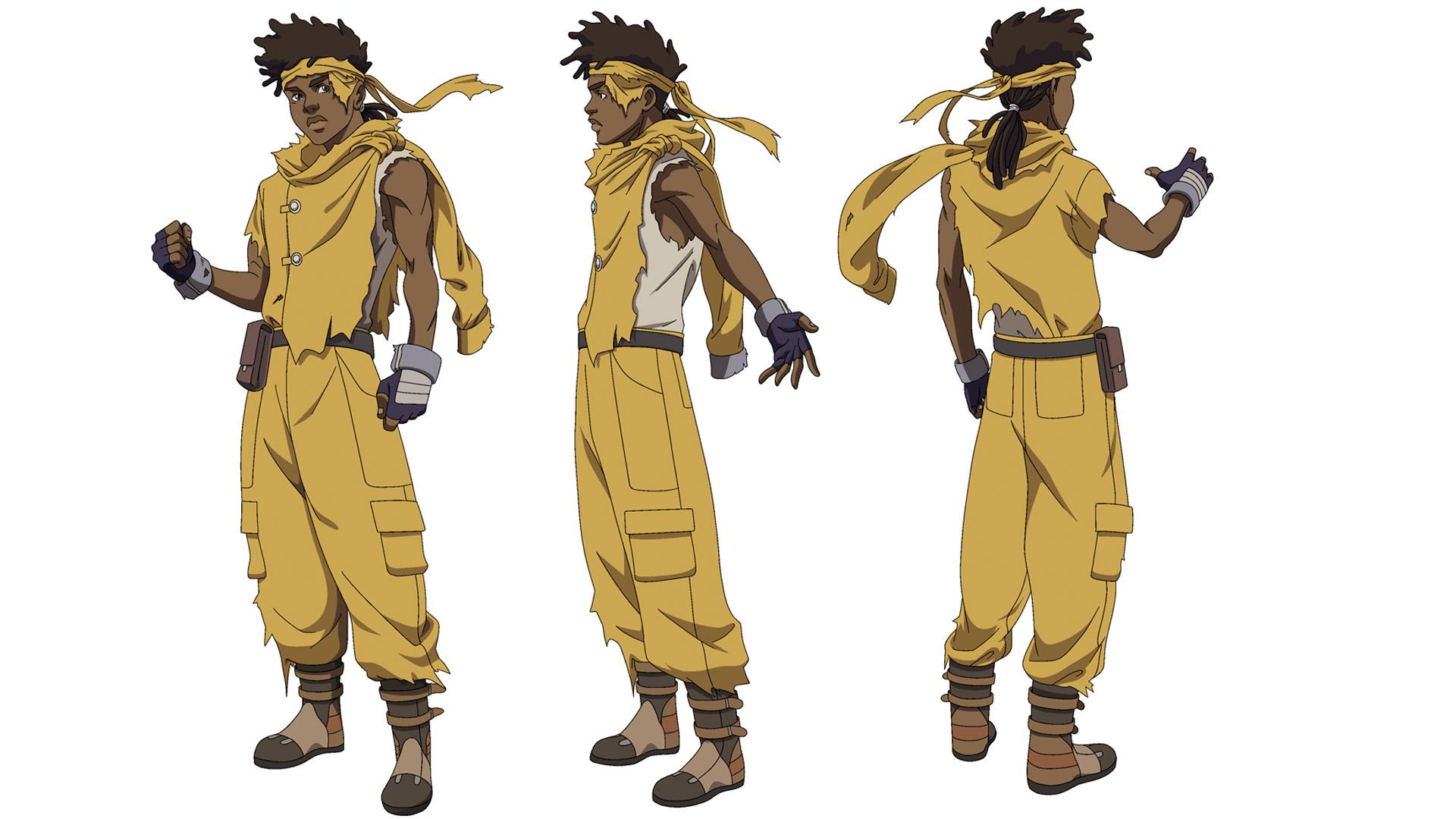
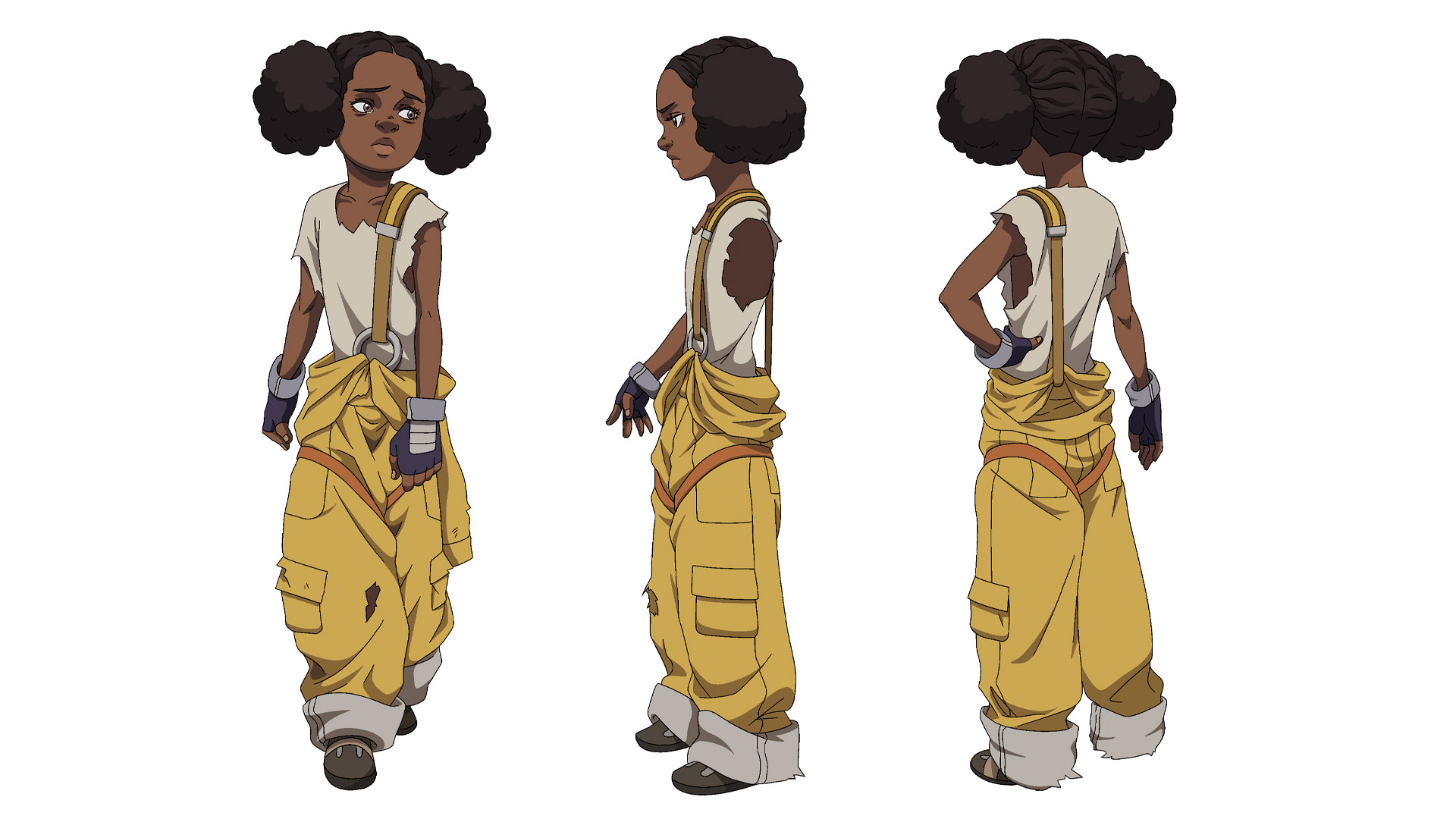

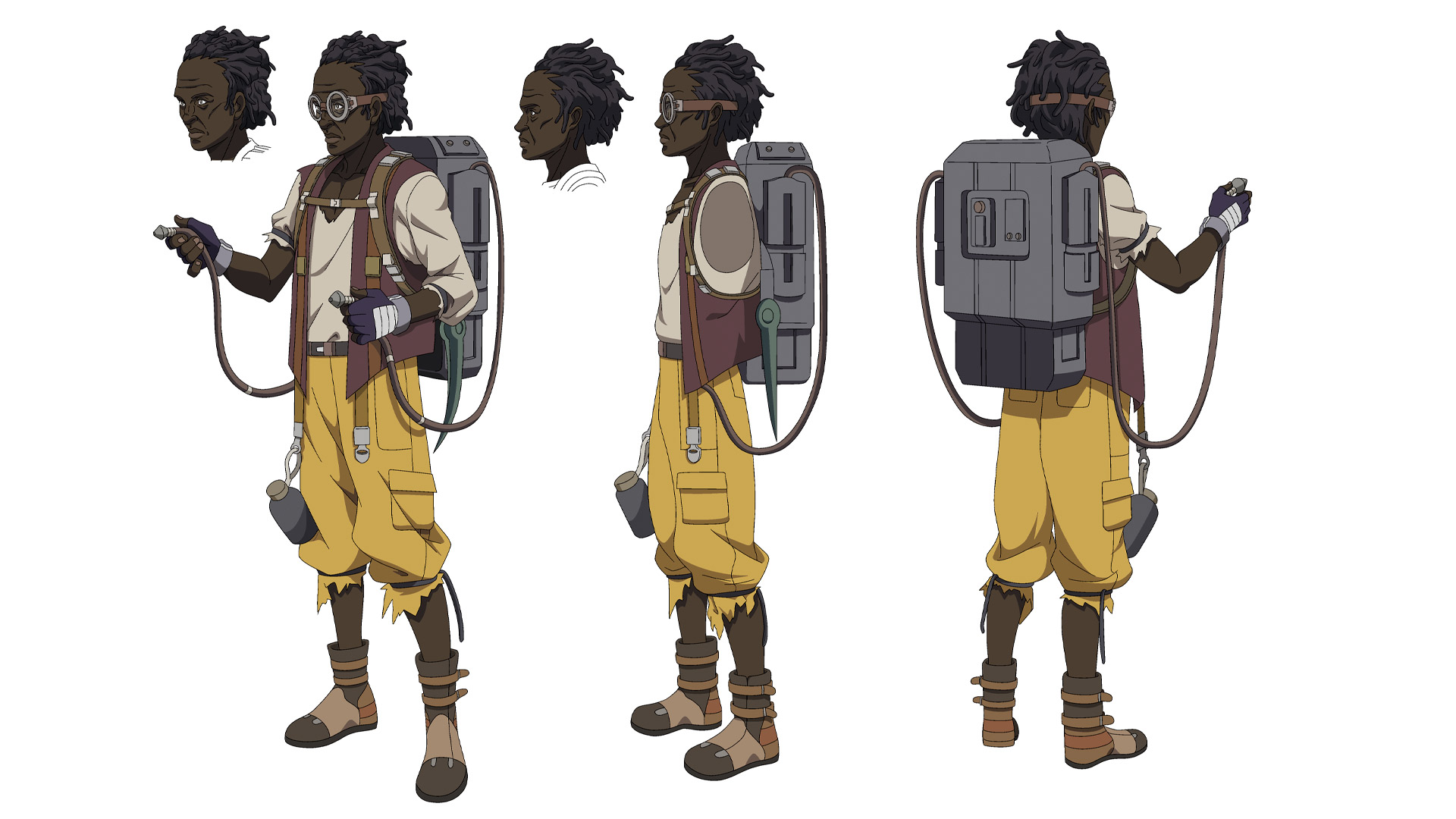
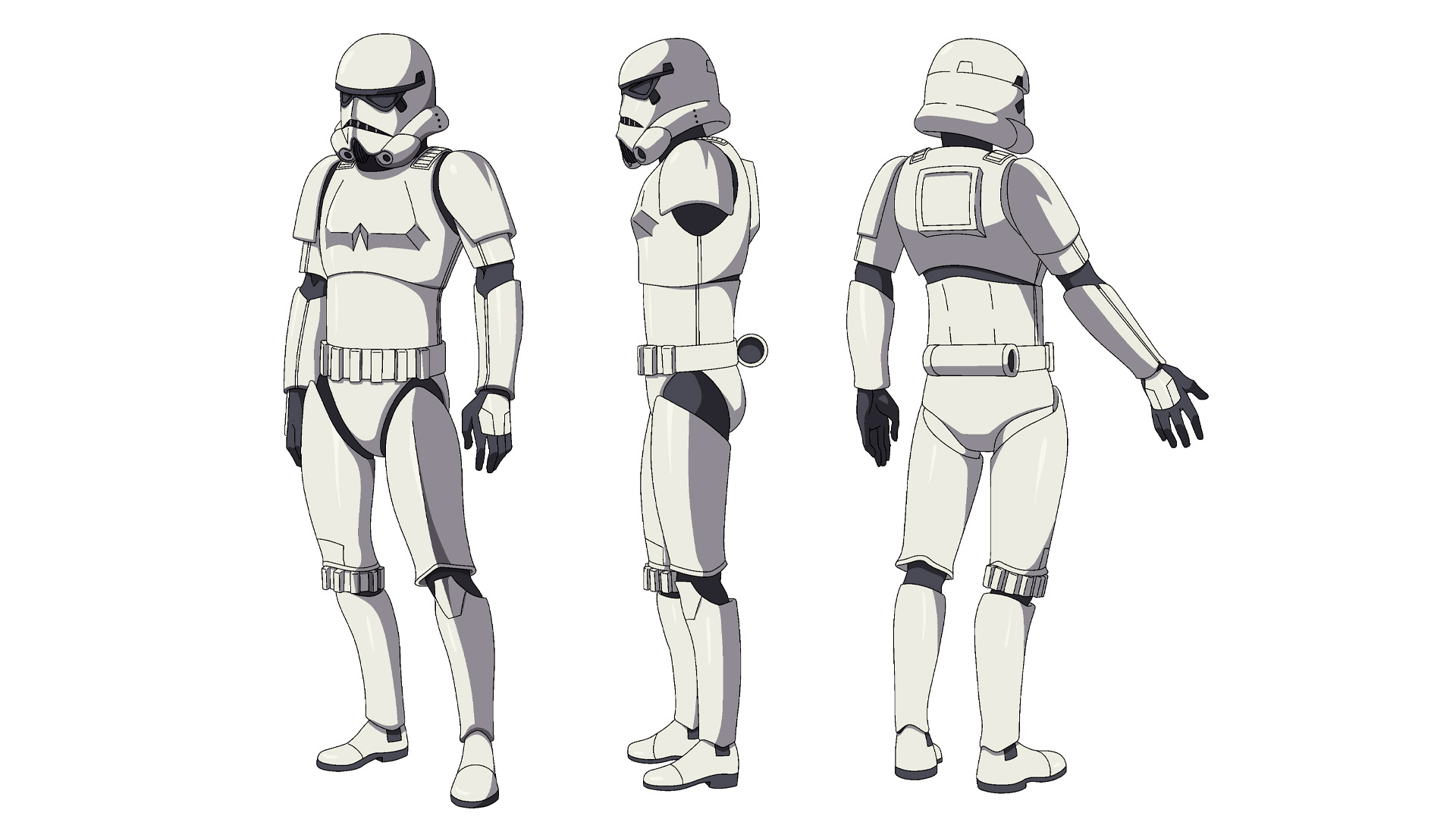
The experience of becoming a Star Wars director himself, however, was as much about finding his own perspective as it was learning from other storytellers. “I always thought there was an opportunity to have Star Wars seen in different perspectives,” Thomas says. “We’re doing that now, but when I was younger I wanted to see more of that in Star Wars. Everyone has their different background, and you can’t really see the full picture unless you see the different perspectives of it. I felt it would be beneficial to have other types of storytellers telling those types of stories.”
The story Thomas devised is poignant in its ability to simultaneously introduce a unique point-of-view, but also share important connections to the way George Lucas shaped his own stories. “George Lucas was influenced by a lot of movies and popular culture,” Thomas says, “but there were also real-world things inspiring him. There was a lot going on during the ‘60s and ‘70s. That still needs to happen. That’s part of what makes Lucasfilm and Star Wars great, connecting it to the real world. Even in this small little way with this little story, it can connect to very real feelings, emotions, and problems that we have in the world. The past can have strong ramifications on the present.”
Thomas’ story began with the desire to communicate a feeling, an emotional response to his own moment in time. That finds its purest expression in the concept of “follow the light,” a phrase chanted by the group at the end of the story. The light might be another means of describing what George Lucas called the Force. It’s a different way of looking at the energy, the sense of presence that we can all tap into.
“When you think about the Force, people quickly just assume Jedi and Sith,” notes Thomas. “One of their attributes is to sense a disturbance. People forget that we all have that ability. We know when something doesn’t feel right. It’s our intuition. That’s kind of a real-life Force. It’s something we should pay attention to. Your conscience knows when something is wrong. There’s a line in the movie when Crux explains that sometimes people forget this because through the course of their life that becomes subdued, but everyone has that ability, you just have to listen for it. That’s what ‘follow the light’ kind of represents.”

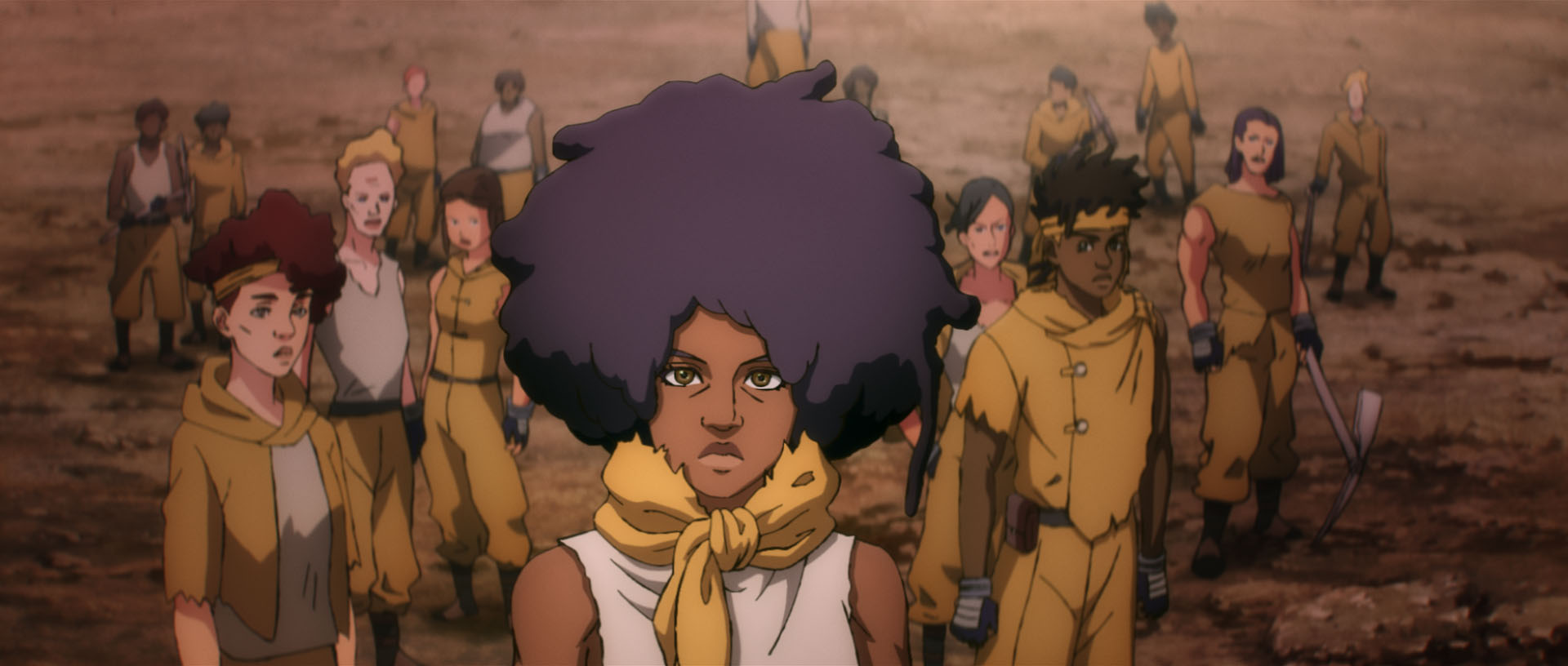
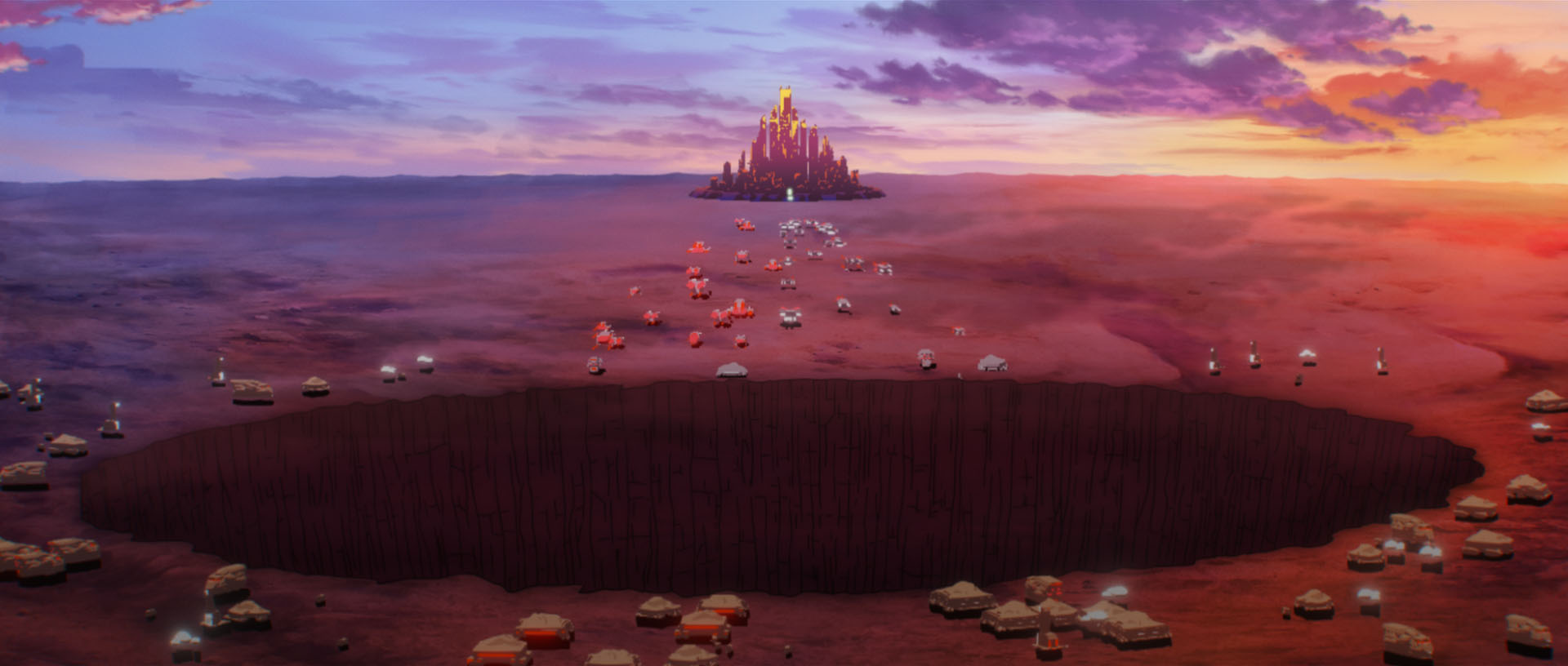
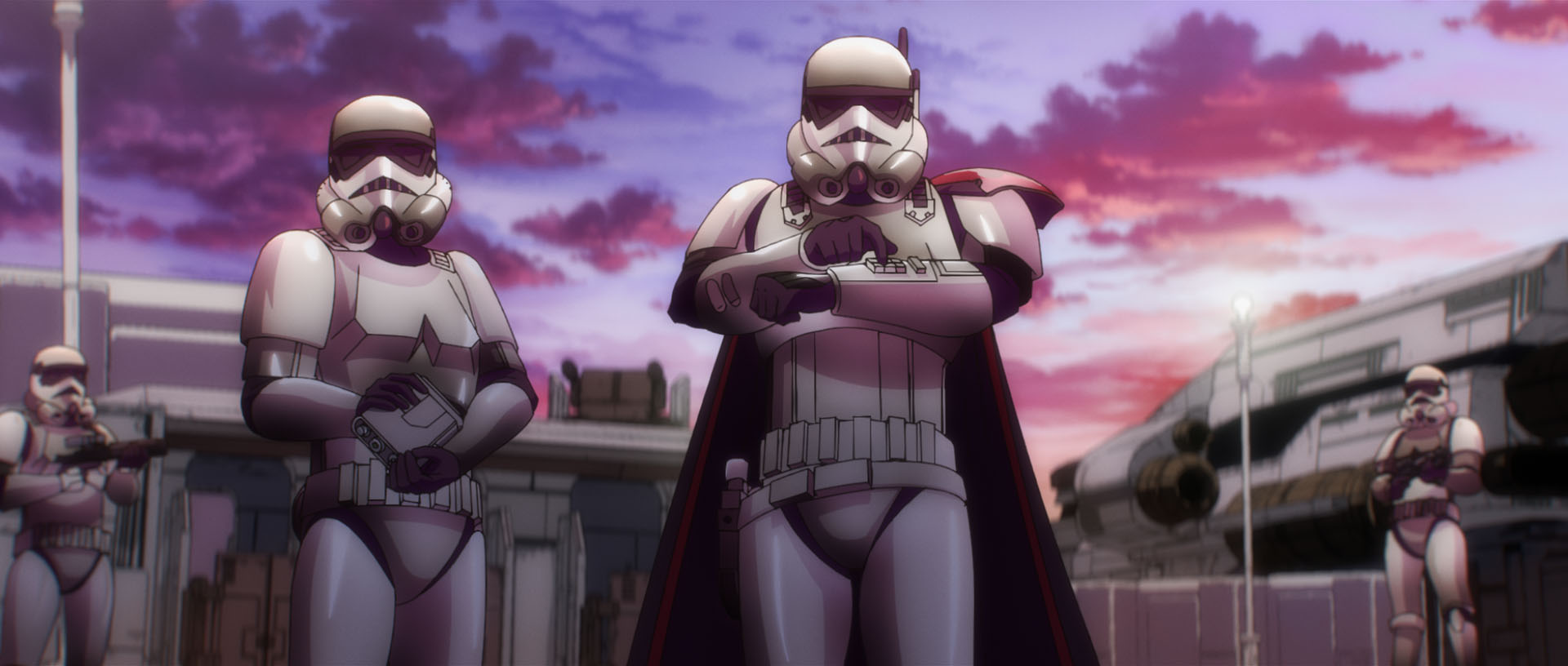
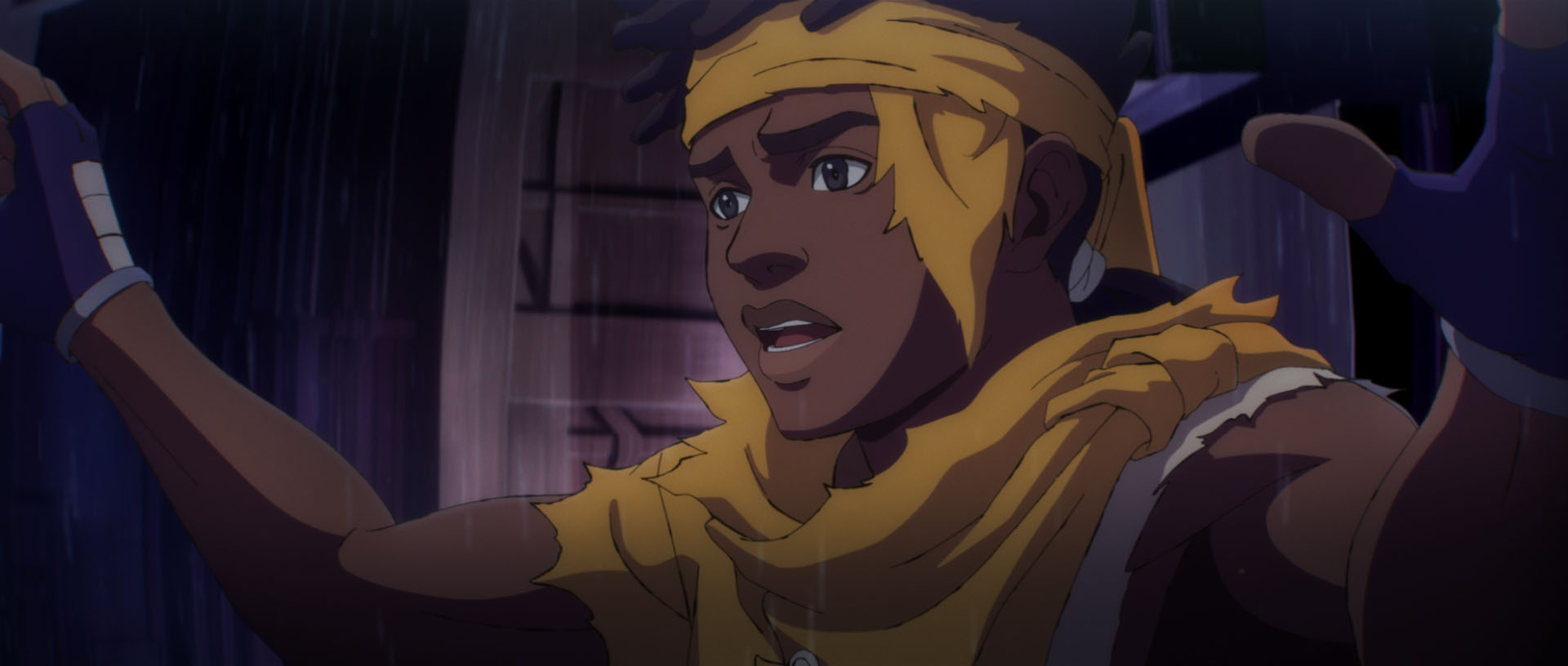
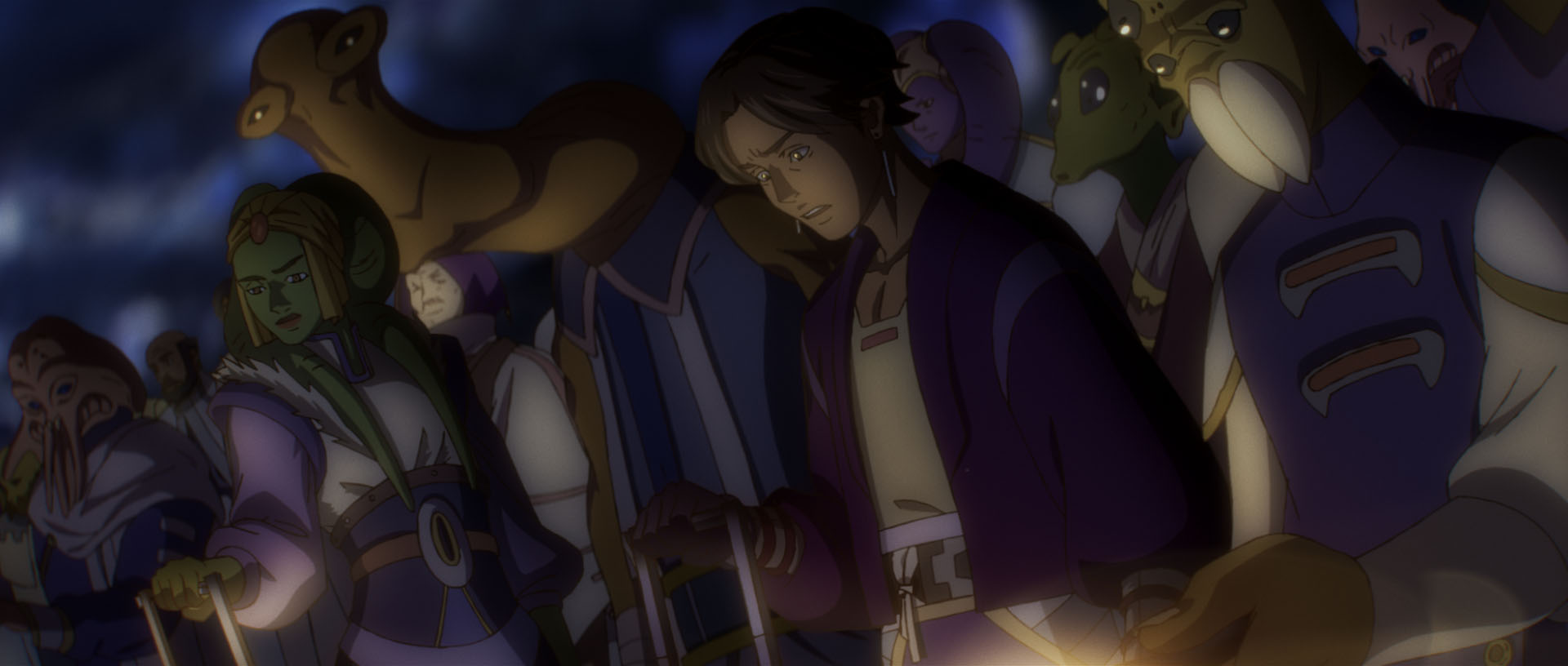
Thomas adds that “there’s a literal play on words, of light and darkness. In the pit, they’re in complete darkness. They’re looking up at the sky, and when they’re trying to find their way to freedom, they’re actually following the stars. There’s a subtle connection to moments throughout history. During one moment we show the stars, and Crux and Livy look up, because the way out is to follow the light. For the people in the town, they’re following their inner light, their consciences. The irony is they’re going to a darker place, away from a physical, practical source of light, by following their own inner light.”
Essential to realizing these distinct spaces of light and dark was Thomas’ collaboration with the Skywalker Sound team, including supervising sound editor and sound designer David W. Collins and re-recording mixer Jeff King. “Sound is really important. It’s 50% of the movie,” notes Thomas. “I wrote this with sound in mind, most notably with ‘Follow the light,’ obviously. The movie is very rhythmic, from the pickaxes to the chanting. Then there’s just the environment. When you’re in a pit, it has to sound and feel different than when you’re on the surface. We worked to make sure the acoustics were very different.”
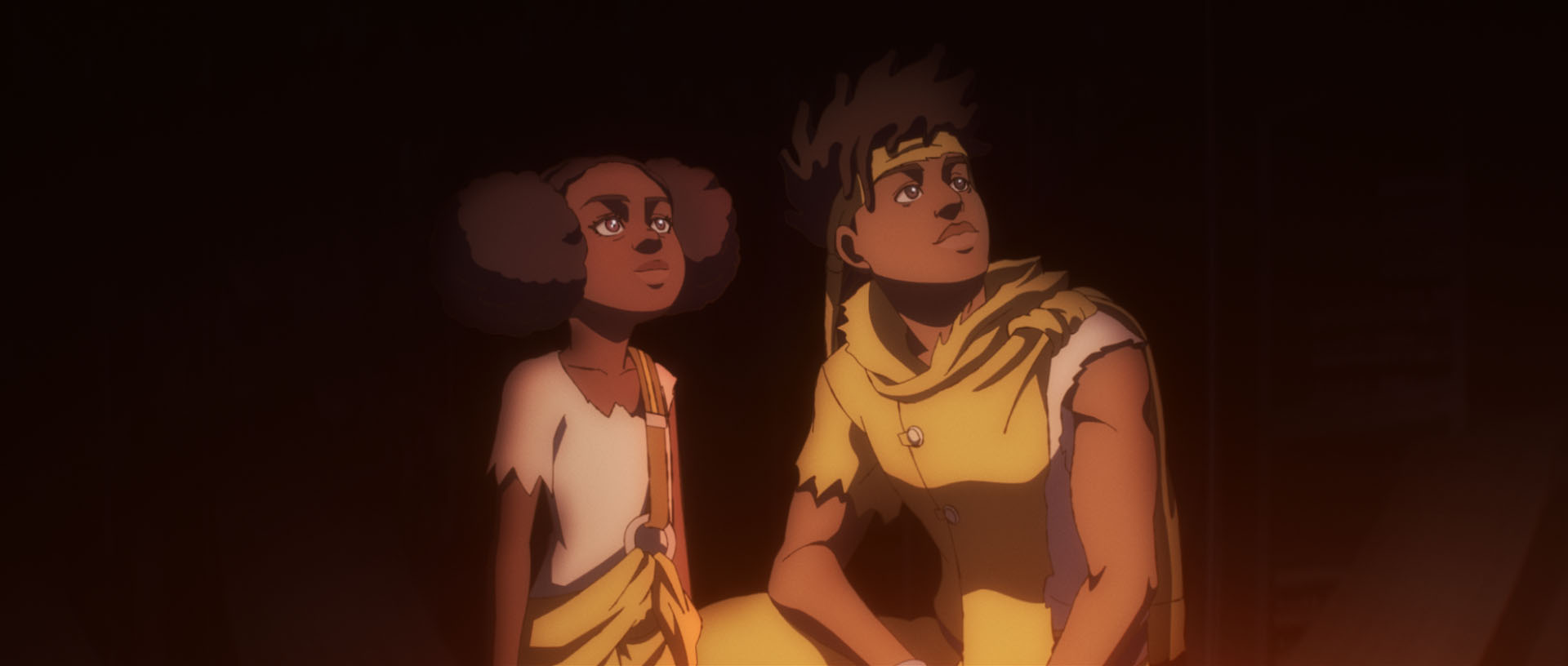
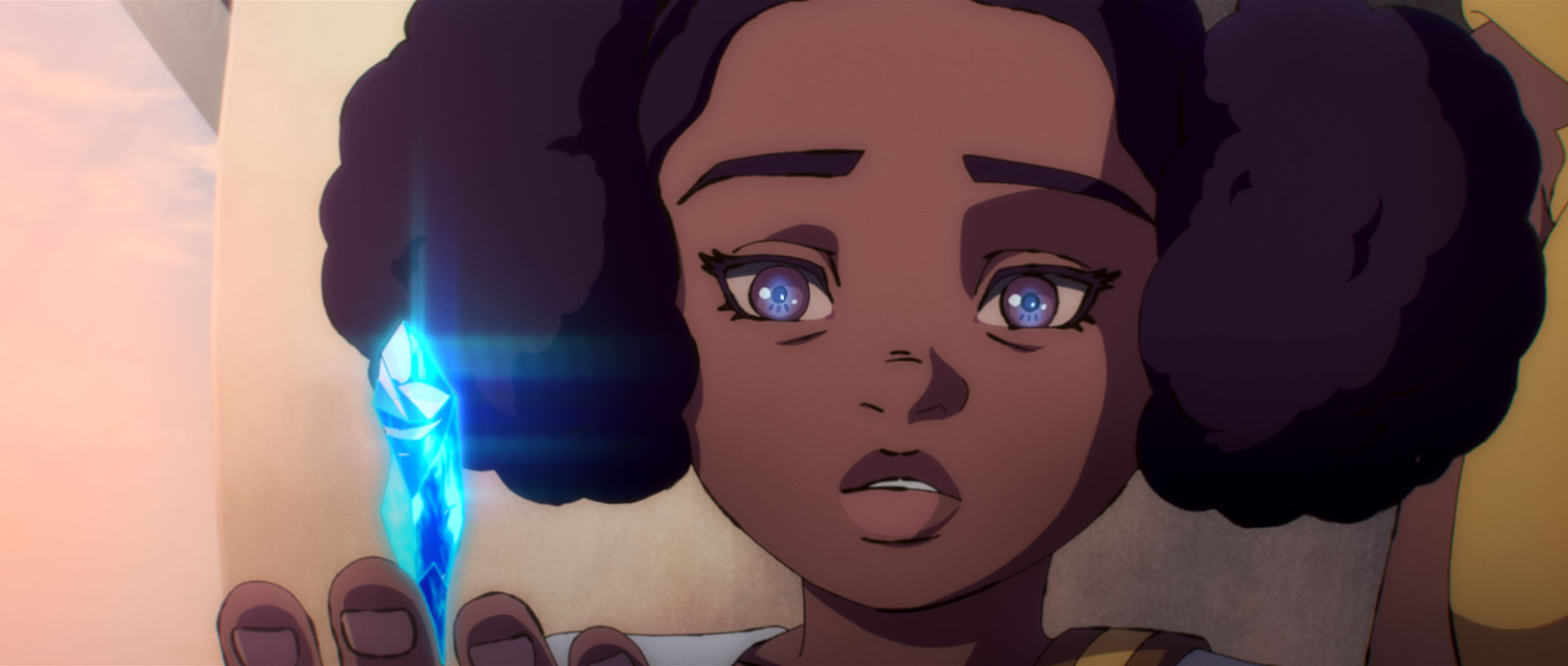
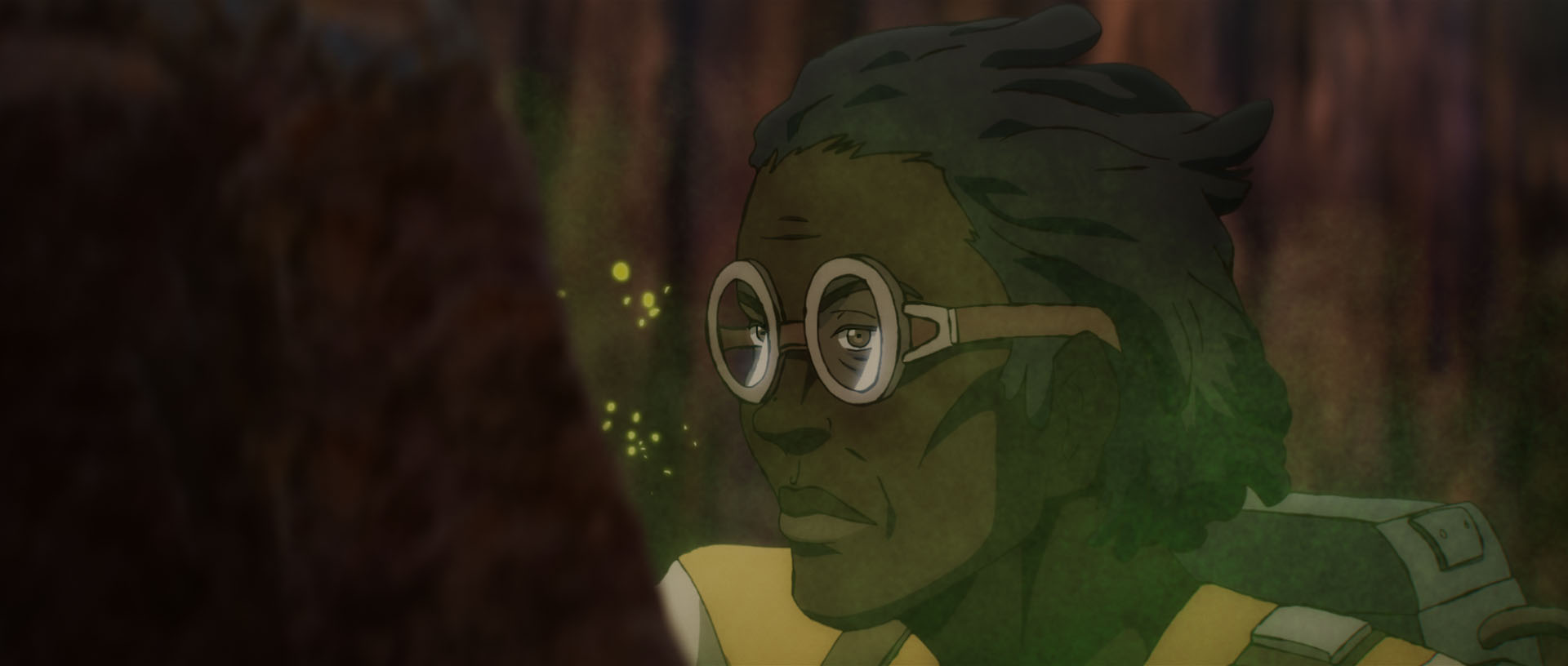

Even with a serious thematic message, Thomas made sure to integrate some moments of whimsy as well, including Crux’s interaction with a mole-like creature during his climb out of the pit. “We were working with Skysound and I wanted the character to be really cute,” Thomas says. “I heard the first pass in the sound mix, and it sounded great, but I asked, ‘Could we make it a little cuter?’ It needed to sound intelligent and cute at the same time, as if the mole had a language. I wanted people to feel that it knew what it was doing. It’s actually trying to help him. Skysound was like, ‘Oh you want cute? Say no more!’ What they came back with was perfect.”
All across Lucasfilm, different colleagues and departments came together to support Thomas, including other Lucasfilm Animation creatives who acted as consultants like art director Kilian Plunkett and cinematography lighting and visual effects director Joel Aron. “It’s a little different from the other Visions projects,” says Thomas. “This film is credited to Lucasfilm and D’ART Shtajio together. Even Human Resources was involved in helping walk me through how to be a director but also keep my day job. Everyone had to figure it out, and that was the beauty of it. We got the synergy of the company behind this little idea that I’d had at home.”
Thomas was also able to collaborate with professionals from the wider industry, including composer Daniel Lopatin, with whom he enjoyed in-depth conversations about music philosophy. “I wanted the score to match the nostalgic aesthetic of the film and Daniel was perfect for that,” notes Thomas. “He’s a master at using analog and 1980s instrumentation. Because this film is so different than other Star Wars films, we wanted the score to feel different as well.” One of his favorite moments comes during the final chant of “follow the light,” when the actual pulse of the dialogue was timed to match Lopatin’s percussion score and the effects created by Skywalker Sound.
Thomas also partnered with a core group of voice artists including Anika Noni Rose, Daveed Diggs, Jordyn Curet, Cedric Yarbrough, and Steve Blum (Thomas himself even provided some background voices). “One of the reasons we wanted to work with these actors is that they’re all very good at doing different voices,” explains Thomas. “We couldn’t justify having too many actors, especially with such little dialogue. We needed people who could do different characters in different styles. Anika, for example, does several background characters in addition to the main ones.”
The opportunity for Thomas to write and direct “The Pit” is an example of Lucasfilm’s distinct culture of possibility, and one that Thomas hopes will set a precedent for more storytellers to come. “I don’t take it for granted,” he concludes. “This doesn’t happen very often, and I’m very appreciative. A lot of people ask me about how I was able to do this. Of course, I hope that others can do the same thing. It’s also a very delicate thing. We all have ideas here and we have to respect the process. For storytellers here, as long as people respect their own job and the jobs of others, and they’re truly passionate and develop their craft—as long as people respect and understand that, we’ll be in great shape. We’re pioneers here. That’s what George started. It’s about not being afraid to take risks and try things.”
—

